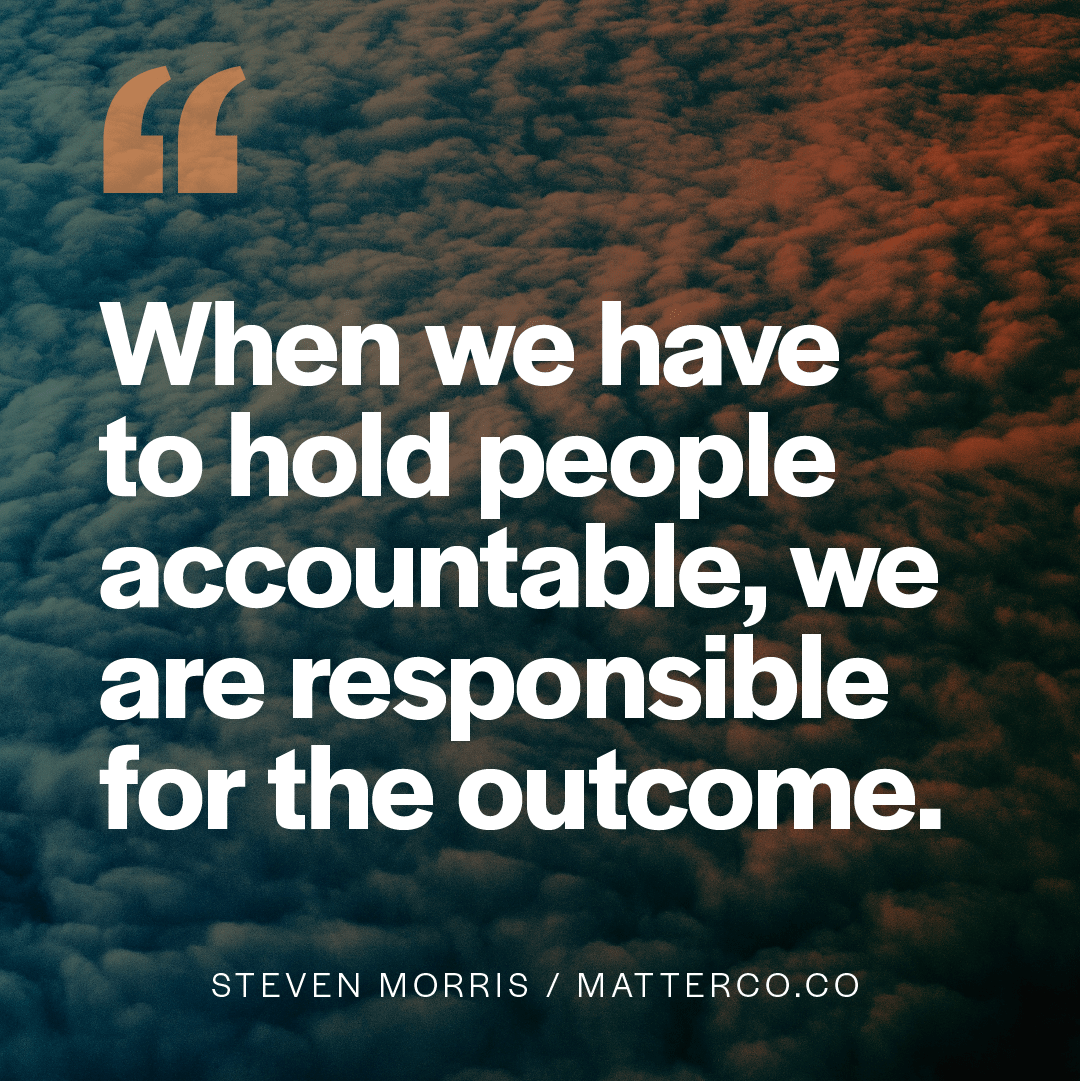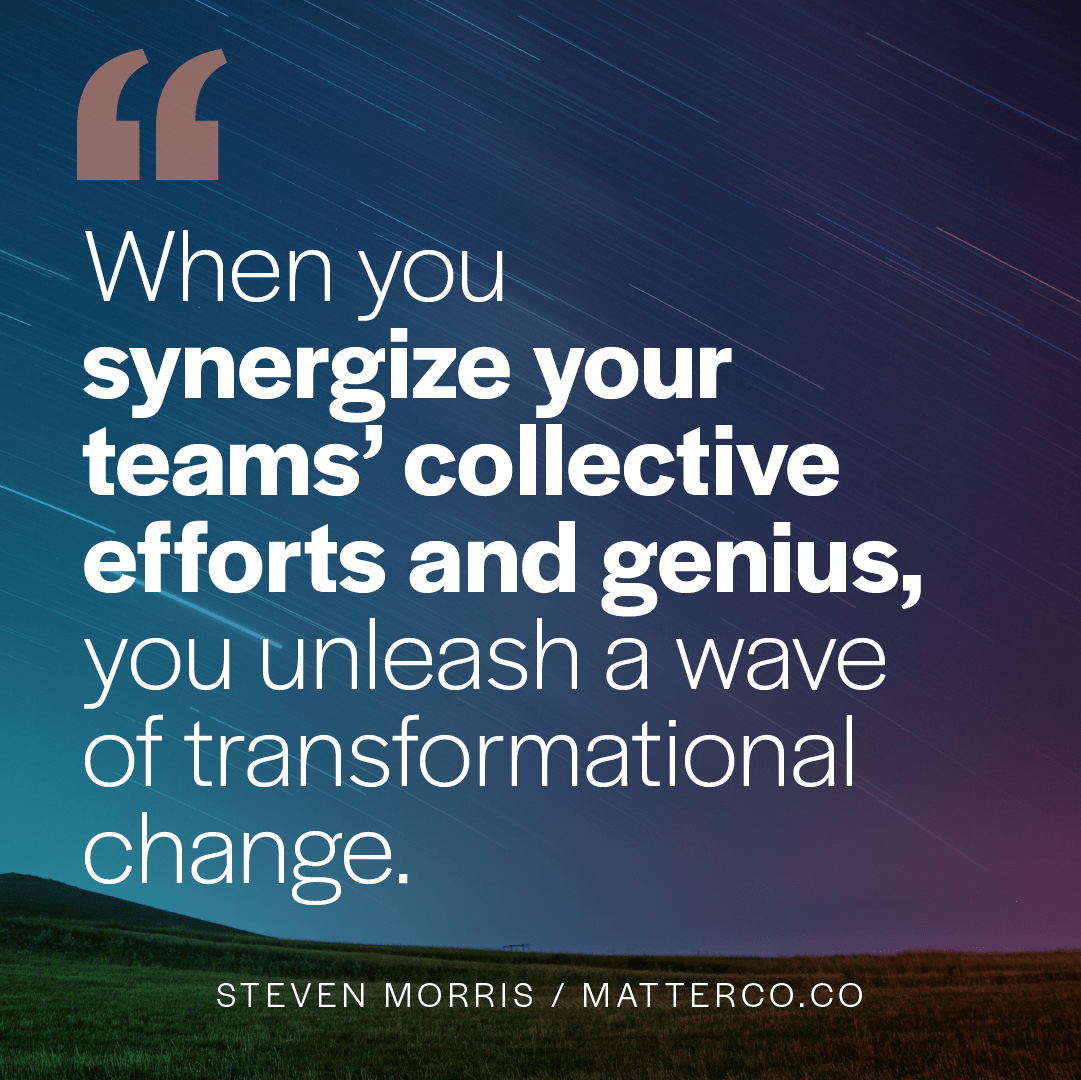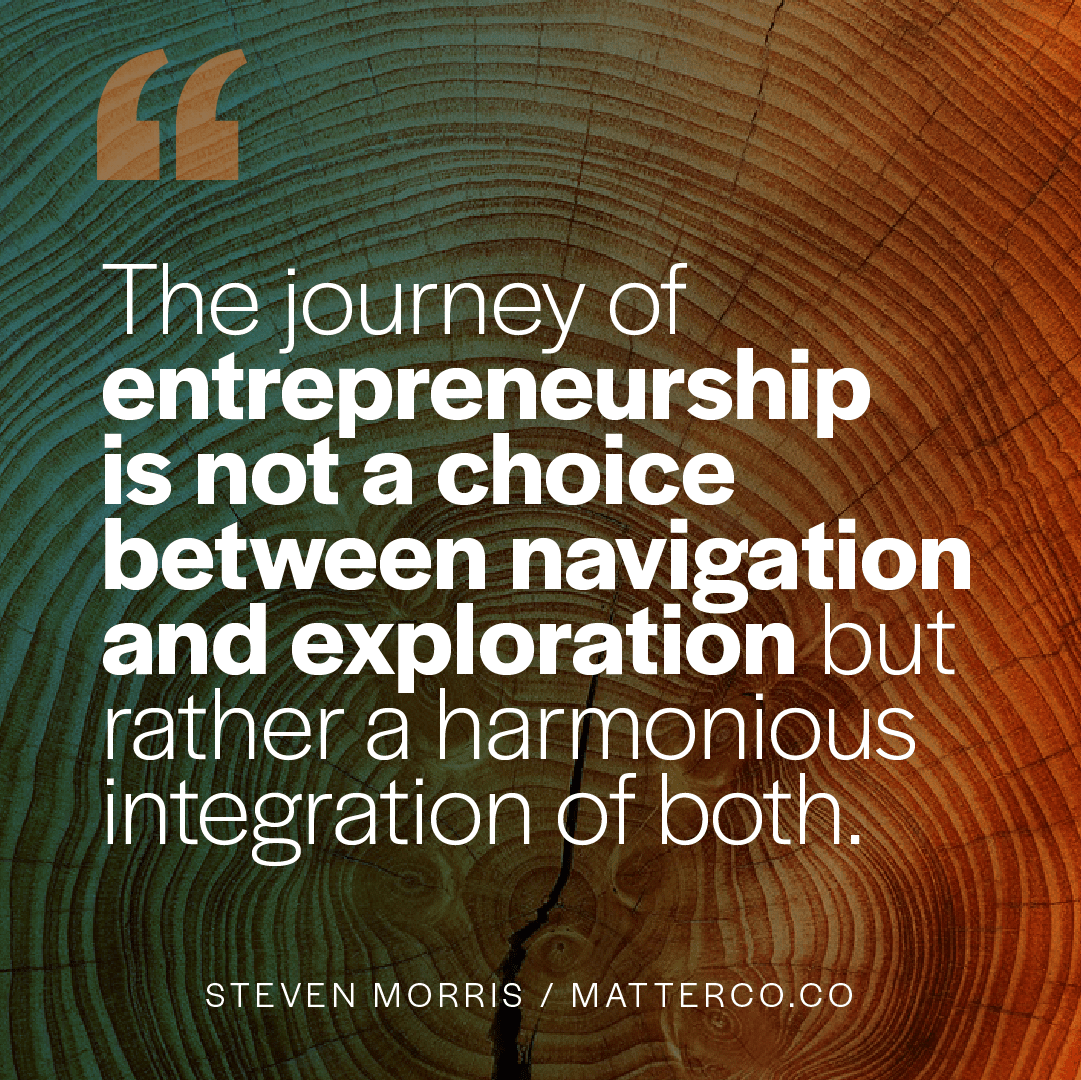
Purpose Driven Sales: What's In It For Them?
The Value of Customer Value at Point of Sale
Over the past month or so I’ve had the opportunity to meet with several new and existing clients across the country, and there’s a few insights that came to light from these conversations. For those better businesses and brands looking to attract more customers and deepen the relationships with the ones they already have, the following two perspectives might be valuable.

Shared values create customer relationships.
Creating value in product sales creates the customer relationship. Brands’ marketing strategy who are serious about building lasting relationships with their customers should:
- Need to focus on and commit to creating value for customers in their products
- Align that product value throughout the retail marketing
- Connect the product value proposition with the values of your customers
This means, at a minimum, not over-promising what the product does and not positioning products based on specs and features, but rather clear and real product benefits. Going deeper means telling product and brand stories that clearly express what’s in it for the customer.
Without putting customer value in the product brand at the point-of-sale, a sale is just a financial transaction. Conversely, by providing customer value in the sales conversation your brand establishes a connection with your customer beyond the product purchase and paves a smoother road for the next purchase. And the next.
Evidence that you’re simply transacting.
To be clear, putting customer value in at the point of sale is not the easy road, but too many brands take the lazy path and push promotions, discounts, specs, feeds and speeds. Brands that utilize purpose driven sales begin the marketing and sales funnel with a clear value proposition and commit to creatively expressing that consistently have a much higher likelihood of creating initial purchase and long term affinity. Here are a few examples of brands taking the transaction route:
- You lead your sales conversation with a product discount
- You constantly reference or compare your product to competitors
- You change your brand story and/or positioning based on what the competitors are doing and saying
- You rely on rebates or coupons to sell your product
- Your sales teams are primarily motivated by spiffs and incentives
- Your sales training does not begin with or include brand training in the mix of training content
- Peer-to-peer sales training conversations are not fostered or encouraged
Much of the above examples are usual suspects in the sales chain process, but it’s playing a short game and doesn’t have to be this way. By putting the brand purpose (that which your brand stands for) into the selling process—including sales training and point of sale at retail and online—the brand puts creating customer value ahead of the transaction. And counter to how many companies behave, by doing this you actually increase your initial likelihood of a sale, but you also increase repeat purchase. This repeat purchase relationship and connection to value is called brand affinity.
Questions to consider:
- Does your sales team know your brand purpose and the value to customers?
- Does your sales team talk about it in a humanizing way?
- Does your marketing team closely connect messaging with your sales team?
- Do your customers feel the value that your people and your products are offering? Do they get it emotionally and intellectually?
We’re here to help you find your voice and consistently deliver this through your branding and product launch into the sales environment. This is our expertise. Give us a shout.
If you want a more trusting team, a culture of belonging or a magnetic brand that attracts more of the right customers, I can help. If you'd like to explore if working together makes sense, drop me a line.







